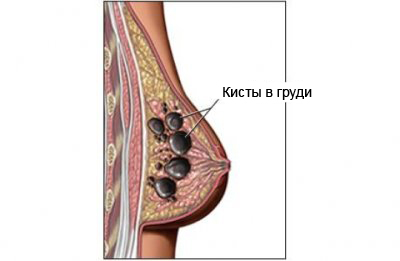Breast MRI – Magnetic resonance imaging of the breast
Description breast MRI
MRT It uses a strong magnetic field, to make images inside of the body. The computer allows you to get two – and three-dimensional images. Breast MRI is used, to evaluate the state of breast tissue.
Causes of breast MRI
Breast MRI can be used to:
- To assess the state of breast disorders, detected during mammography;
- Determine the status of the breast in women (and in some cases men) in the presence of breast tissue seals, the location of the implants, or scar tissue;
- Determine the status of breast implants;
- Find scar tissue;
- Assess the progress of breast cancer treatment;
- Find cysts or enlarged breast ducts;
- Examine lymph nodes in the chest.

How is breast MRI?
Preparation for the procedure
In anticipation of breast MRI:
- Try to schedule a test between 5 and 15 days of the menstrual cycle. This time, when breast tissue less dense;
- If your doctor prescribes a sedative:
- It is necessary to arrange a ride home after the procedure;
- Take a sedative for 1-2 hours to MRT, or, as indicated by a physician.
In the hospital, before performing breast MRI:
- You will be asked about the following:
- Medical and surgical history;
- Pregnancy;
- Allergy;
- The presence of other diseases. If MRI involves injecting a contrast agent, the doctor will ask about the health of the kidneys. There is a risk of complications after the administration of contrast agents in patients with kidney disease;
- I must say, if you have items in the body, that can interfere with MRI, such as:
- Pacemaker or implantable defibrillator;
- Nerve stimulator;
- Hearing implant;
- Metal fragments in the eyes or other body part (Tell your doctor, If your work involves metal processing);
- Implanted devices, such, how insulinovaya pump;
- Metal plate, studs, Screws, or surgical staples;
- Metal clips after aneurysm surgery;
- Unrecovered bullets from the body;
- Other large metal objects in the body (Dental fillings and braces, usually, no problem);
- You will be asked to remove all metal objects (eg, jewelry, hearing aid, glasses);
- You will also be asked to remove all patches with drugs. They may contain metal elements and cause burns;
- It may be formed X-ray, to check for any metal objects in the body.
Immediately before the procedure Breast MRI:
- It is recommended to wear ear plugs or headphones (MRI machine makes a loud noise);
- If necessary, the vein injected contrast agent.
Description breast MRI
You will lie still on a moving table, face down. Table “zaedet” a narrow, closed cylinder. Chest will be placed in the holes. Depending on your state of health, can connect sensors to monitor heart rate, heart rate and respiration.
The technician will leave the room and give you directions via intercom. To create three-dimensional images of the breast tissue using a strong magnetic field. When the magnet is switched on, you will hear a loud knocking sounds.
During the breast MRI may be required to enter the contrast agent, to make clear pictures. In this case, contrast material is injected through a drip.
After breast MRI
You will be asked to wait a bit, while the images are studied. You may need to take more pictures.
- If you took a sedative, you can not get behind the wheel, operate machinery, or make important decisions, until it wears off.
- If you are breastfeeding and received a contrast agent, doctor will tell, when you can resume breastfeeding. According to research, after administration of contrast agent in the child do not appear to be any side effects from feeding breastmilk.
How long will the breast MRI?
60-90 minutes.
Breast MRI – Will it hurt?
The test is painless.
The results of breast MRI
After testing, the radiologist will study the pictures and send a report to your doctor. Your doctor will tell you about the results and further testing or treatment procedures.
Contact your doctor after breast MRI
After breast MRI contact your doctor in the following cases:
- There has been a worsening of symptoms of current disease;
- An allergic reaction or any abnormal symptoms, such as a rash or swelling, If you enter a contrast agent.
